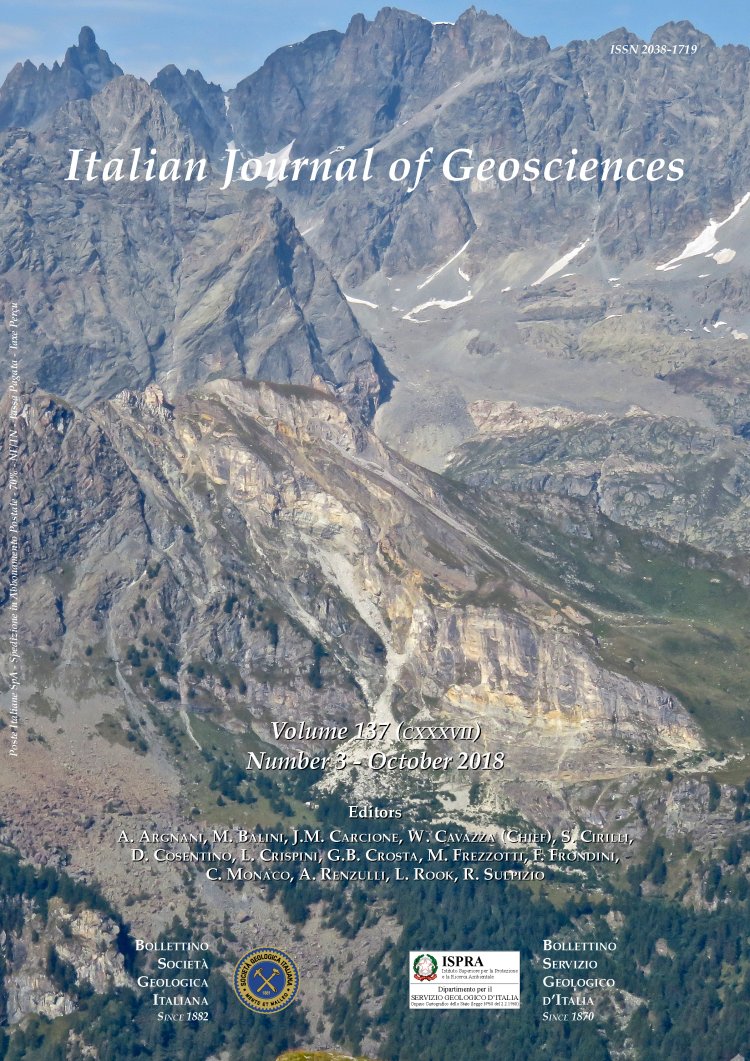
Early Pleistocene (Calabrian) marine bottom oxygenation and palaeoclimate at the southern margin of the Central Anatolian Plateau
Nazik Öğretmen (1), Virgilio Frezza (2), Natália Hudáčková (3), Elsa Gliozzi (1), Paola Cipollari (1), Costanza Faranda (1), Giuditta Radeff (1) & Domenico Cosentino (1)
(1) Roma Tre University, Department of Sciences, Geology Section, 00146, Rome, Italy.
(2) Sapienza University of Rome, Department of Earth Sciences, 00185, Rome, Italy.
(3) Comenius University in Bratislava, Department of Geology and Palaeontology, Faculty of Natural Sciences, 842 15 Bratislava, Slovakia.
Corresponding authors e-mail: nazik.ogretmen@uniroma3.it.
Volume: 137 (2018) f.3
Pages: 452-464
Abstract
The Mediterranean Basin is a semi-enclosed basin highly sensitive to climate changes such as evaporation-precipitation processes and glacial-interglacial transitions. It is composed by two main basins, the Western Mediterranean and the Eastern Mediterranean, which are differently sensitive to the high latitude and low latitude climate interactions. Such differences could translate in different reactions
to climate changes recorded in the bottom sediments, i.e. the enhanced effects of the freshwater inputs on the bottom oxygenation in the Eastern Mediterranean. In this paper we investigate the palaeoenvironment and palaeoclimate derived from the study of Early Pleistocene (Calabrian) deep marine deposits cropping out along the southern margin of the Central Anatolian Plateau at the Gülnar East section (southern Turkey). Using benthic and planktonic foraminifers the bottom oxygenation and the sea surface temperature (SST) were evaluated through the calculation of the benthic foraminifera oxygen index (BFOI) and palaeoclimate curve. The results show that the marine epibathyal palaeonvironment in this Eastern Mediterranean area reacted to the palaeoclimate changes with the water mass stratification (warm periods) and/or with enhanced primary productivity (cool/cold periods) leading to the deposition of sapropel layers with different degrees of bottom oxygenation.
Get Full Text